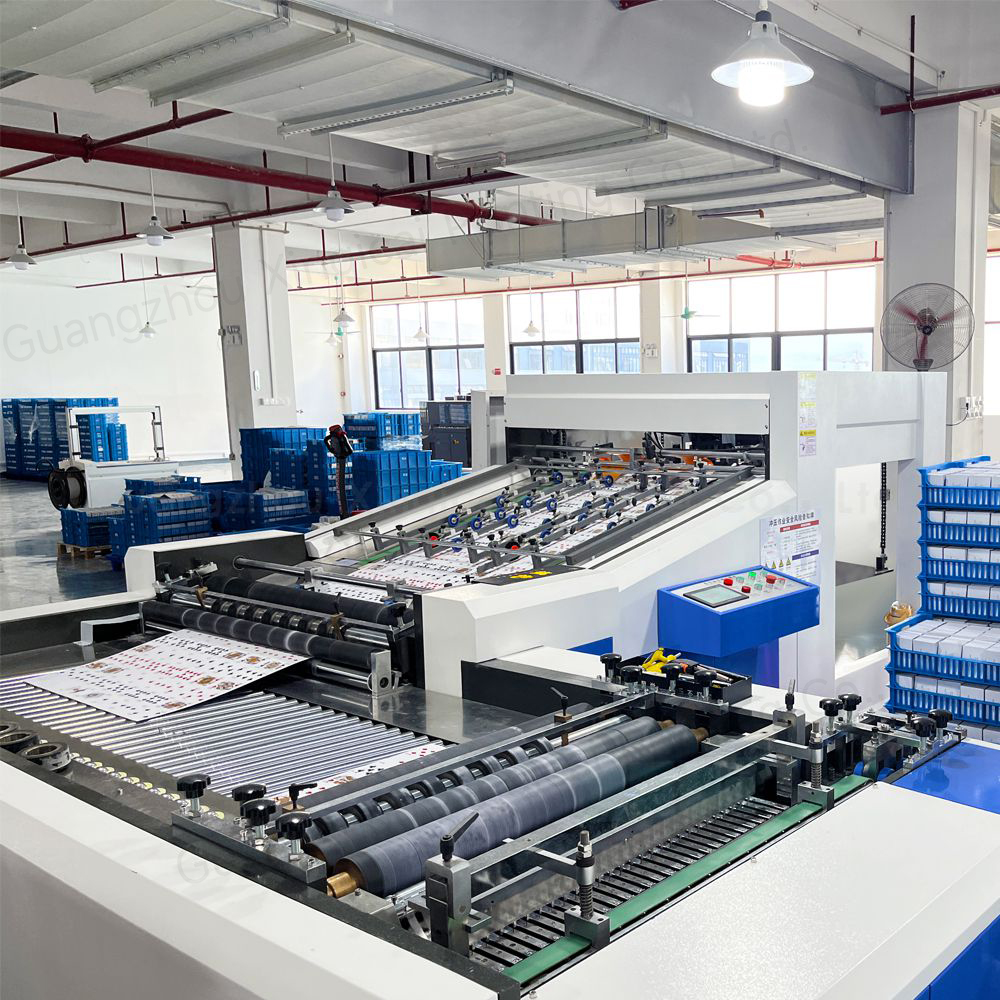
1. Basic Principles and Key Features of Offset Printing
Offset printing is a classic indirect lithographic printing technique. It exploits the principle of water and oil immiscibility to create two
distinct surfaces on the printing plate: an oleophilic image portion and a hydrophilic blank portion. During the printing process, a rubber
blanket transfers ink from the printing plate to the substrate, achieving high-quality image reproduction (as shown in Figure 1).
Offset printing is distinguished by its exceptional print quality. The use of metal-based printing plates ensures precise ink transfer and
color consistency, making it particularly suitable for high-fidelity printing tasks such as books, magazines, and packaging. Furthermore,
offset printing is adaptable to large-scale production, and unit costs decrease significantly with increasing print runs, offering significant
cost-effectiveness.
However, offset printing is time-consuming and labor-intensive, requiring platemaking and press commissioning, resulting in a complex
prepress preparationprocess. Consequently, it is inconvenient for short-run printing and lacks the ability to handle variable data,making
it a significant disadvantage for applications requiring high flexibility and personalization.
2. Basic Principles and Key Features of Digital Printing
Digital printing is a modern, plate-free printing technology that converts digital files directly into printed products using inkjet or laser
technology (as shown in Figure 2). Because it eliminates the need for platemaking, digital printing significantly reduces preparation time.
Its core advantages are high flexibility and rapid response, making it suitable for small-batch and personalized production and widely
used in applications such as variable data printing (VDP).
However, digital printing is relatively weak in applications requiring high color matching standards due to its limitations in color consistecy
and handling large solid color patches. Nevertheless, digital printing, with its high flexibility and low initial cost, is particularly well-suited for
short runs and personalized needs.

